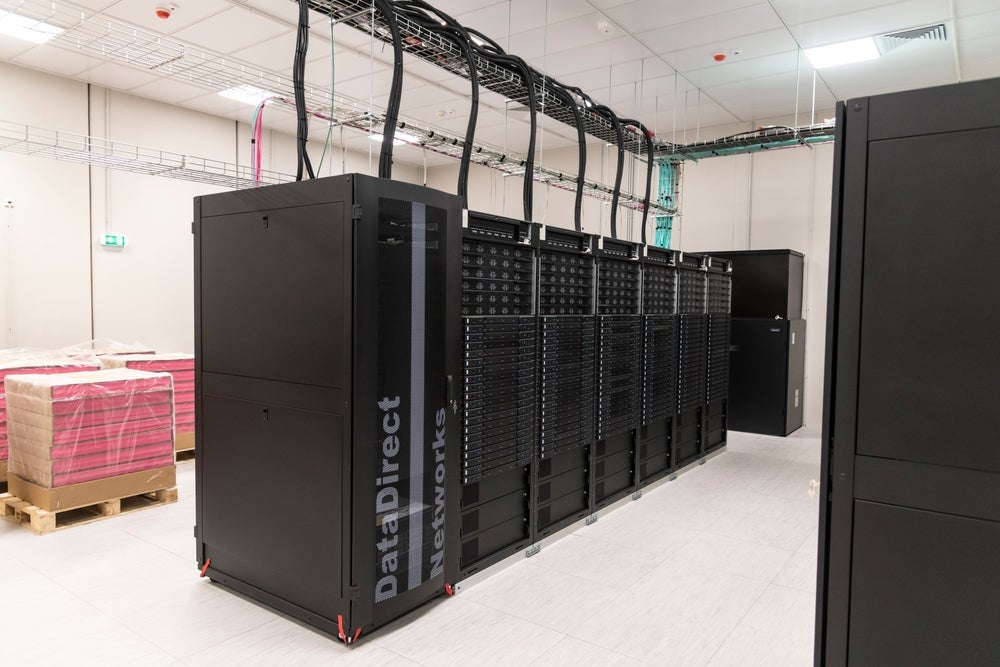
As the Covid-19 pandemic hit numerous industries across central and eastern Europe (CEE), many companies were unable or unwilling to adapt to these unchartered waters. For others, restrictions adopted by European member states proved too harsh to overcome.
While most industries suffered significant losses, the IT and technology sectors have capitalised on the situation. Their services and products have enabled other industries to adapt and survive. IT start-ups were particularly active and engaged in the development of telemedicine, education and cybersecurity, among other areas.
Research suggests that this pandemic-generated demand is not a short-term anomaly, however, but part of a much larger trend, which will continue as companies begin to understand the threats of the modern world, include them in their crisis management, and see IT and technologies as providing cost-saving opportunities.
A survey carried out by the Polish Economic Institute shows the scale of change in the approach of companies to digitisation. Some 70% of them have turned to modern forms of communication with customers, and 10% of large companies in Poland implemented remote work management systems (without having used them before). Most of these companies have also pledged to continue to use these solutions. Similar statistics can be found in other countries in the CEE region.
How Covid saw cloud and cybersecurity growth in CEE
The pandemic has brought with it particularly high growth in cloud and cybersecurity services, which are motors for the entire IT sector. The number of companies using cloud services (ranging from emails, office software, file storage and database hosting) grew by 5% in 2020. Companies learn from each other’s experiences and understand that they can make their businesses more efficient and cost-effective by utilising cloud solutions.
It is security, however, that is one of the biggest concerns for the majority of companies in their day-to-day operations. This also translates into their decisions on digitisation. Pressure to ensure the security of digital services has driven the IT sector to meet the expectations of private enterprises and public administrations. However, cybersecurity is not only about the appeal of existing products but also about the capabilities and experience, which will contribute to the development of crucial technologies – ultimately determining the success of an industrial digital transformation.
How well do you really know your competitors?
Access the most comprehensive Company Profiles on the market, powered by GlobalData. Save hours of research. Gain competitive edge.

Thank you!
Your download email will arrive shortly
Not ready to buy yet? Download a free sample
We are confident about the unique quality of our Company Profiles. However, we want you to make the most beneficial decision for your business, so we offer a free sample that you can download by submitting the below form
By GlobalDataThe pandemic also forced governments of the CEE region to expedite the digitisation of public services. While much is yet to be done, governments, with the support of both domestic and international companies, have managed to implement new solutions, allowing citizens and businesses to interact with authorities. It now seems natural that moving more public services to the digital domain will become faster and easier, especially considering that the cooperation during the pandemic between the digital sector and public administrations has resulted in an unprecedented openness of the latter and has forced policymakers to put greater emphasis on solutions previously pushed into the background.
How can CEE companies benefit from digitisation boom?
The events of 2020 transformed the discussion on implementing new technologies from a theoretical level to reality. The private and public sectors are now more willing to acknowledge that digitisation will become a barometer of success. As a result, the IT and technology sectors can certainly look towards a bright future. IT and technology multinationals are already on top of changes and are actively seizing opportunities. However, smaller companies from the CEE region have to understand that they too can make an impact. To do this, the companies have to be bold in their ambitions and actions, emphasising their added value and remembering that relations with global IT hegemons do not have to be solely competitive.
Cooperation and bandwagoning may also bring substantial benefits, escalating small-scale solutions to a much wider audience. At the same time, companies need to ensure that relations with governments are maintained, holding their foot in the door, convincing decision makers that the digitisation process should remain prioritised and shaping the regulatory environment to support their development.







